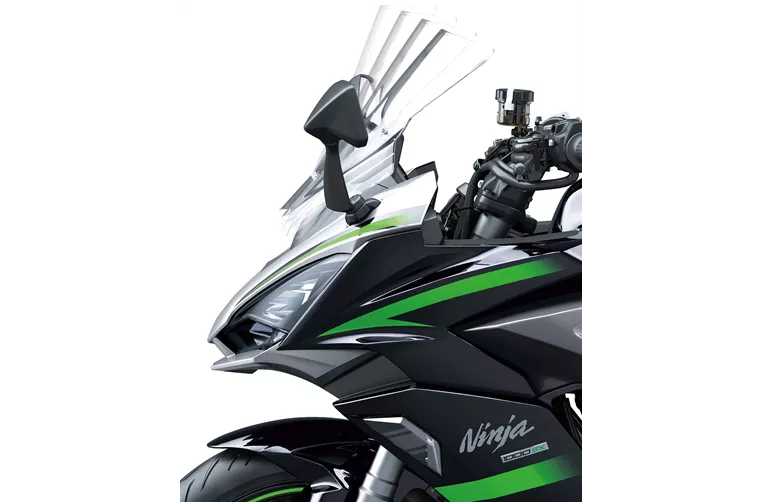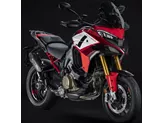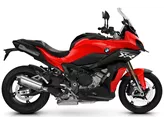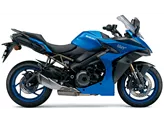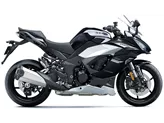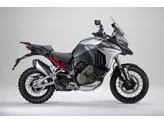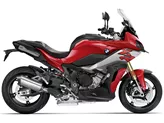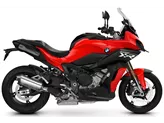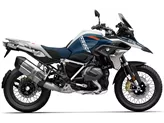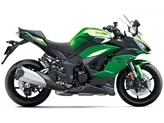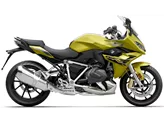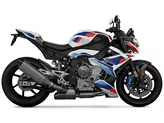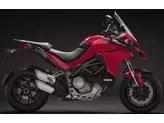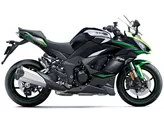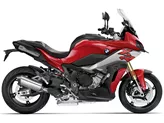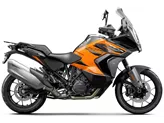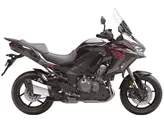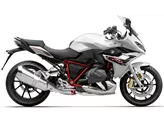Kawasaki Ninja 1000SX 2020 vs. BMW S 1000 XR 2016
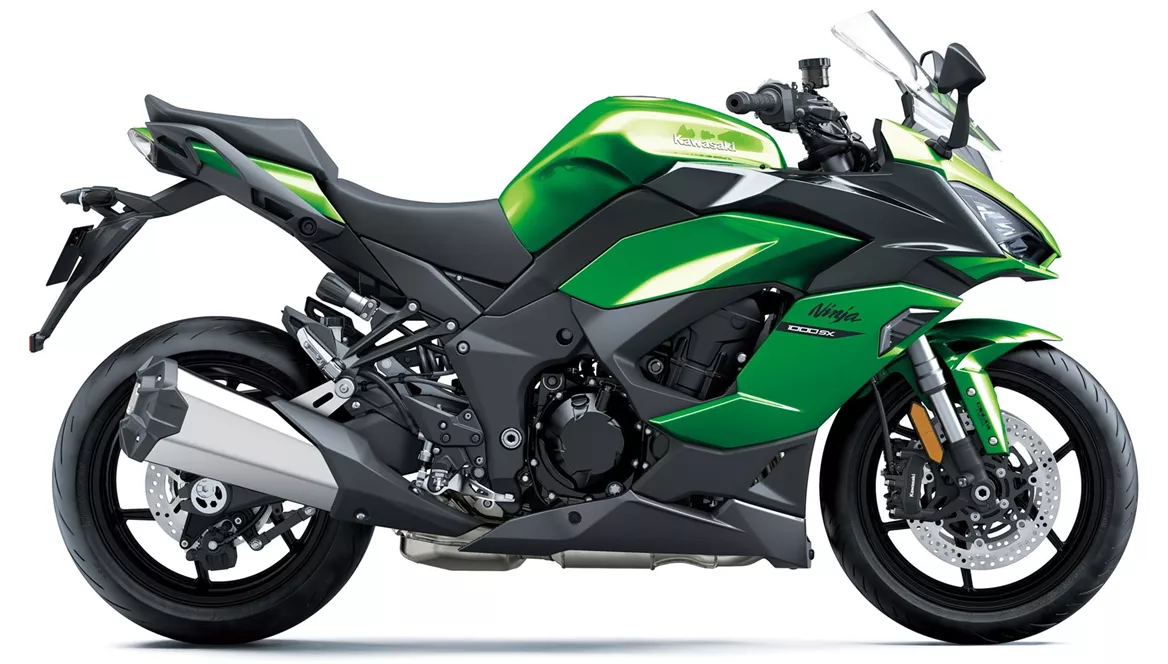
Kawasaki Ninja 1000SX 2020

BMW S 1000 XR 2016
Overview - Kawasaki Ninja 1000SX 2020 vs BMW S 1000 XR 2016
The Kawasaki Ninja 1000SX 2020 and the BMW S 1000 XR 2016 are both sport touring motorcycles with similar engine types, power, torque, transmission, and number of cylinders. However, there are some notable differences between the two models.
In terms of engine power, the BMW S 1000 XR 2016 has a slight advantage with 160 HP compared to the Kawasaki Ninja 1000SX 2020's 142 HP. Both bikes have similar torque outputs, with the BMW offering 112 Nm and the Kawasaki offering 111 Nm.
In terms of suspension, both bikes have a swing arm rear suspension. However, the Kawasaki Ninja 1000SX 2020 features an upside-down telescopic fork front suspension, while the BMW S 1000 XR 2016 has a telescopic fork front suspension. Both suspensions offer adjustments for compression and rebound.
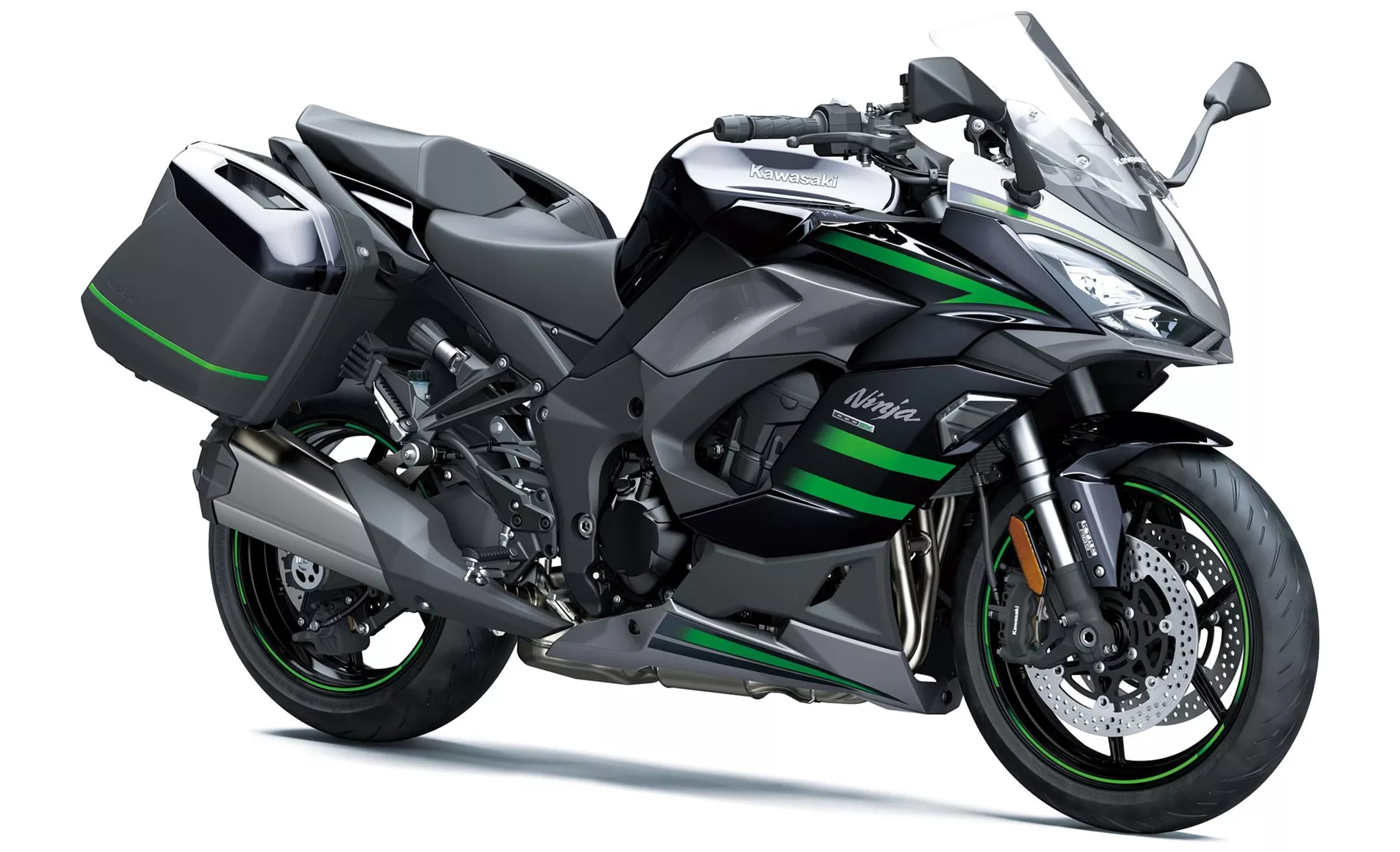
Kawasaki Ninja 1000SX 2020
Both bikes have double disk front brakes with radial technology. However, the Kawasaki Ninja 1000SX 2020 also features monoblock and petal technology, which can enhance braking performance.
In terms of rider assistance systems, both bikes offer ABS and traction control. However, the Kawasaki Ninja 1000SX 2020 has additional advanced rider assistance systems such as riding modes, cornering ABS, ride by wire, quickshifter, and cruise control as standard features.
Both bikes have similar front and rear tire widths and diameters. The BMW S 1000 XR 2016 has a slightly longer wheelbase at 1548 mm compared to the Kawasaki Ninja 1000SX 2020's 1440 mm. The seat height is also slightly higher on the BMW at 840 mm compared to the Kawasaki's 834.98 mm. The BMW S 1000 XR 2016 is slightly lighter with a kerb weight of 228 kg compared to the Kawasaki Ninja 1000SX 2020's 235 kg. Both bikes have similar fuel tank capacities, with the BMW offering 20 liters and the Kawasaki offering 19 liters.
In terms of strengths, the Kawasaki Ninja 1000SX 2020 has a refined and powerful engine, balanced handling, comfortable chassis, and a sufficiently comfortable seating position. It also has modern looks, good brakes, LED lights all around, a color TFT display, and cruise control as standard.

BMW S 1000 XR 2016
On the other hand, the BMW S 1000 XR 2016 has a sharp engine, sharp design, high-quality workmanship, and stable road holding. It also offers ABS and ASC as standard features and has a comfortable seat and successful ergonomics, even for tall riders.
As for weaknesses, the Kawasaki Ninja 1000SX 2020's windshield can only be adjusted with both hands, while the BMW S 1000 XR 2016 experiences slight vibrations from the engine and could have better wind protection.
In conclusion, both the Kawasaki Ninja 1000SX 2020 and the BMW S 1000 XR 2016 are capable sport touring motorcycles with their own strengths and weaknesses. The Kawasaki offers a more refined and comfortable riding experience, while the BMW provides a sharper and more dynamic performance. Ultimately, the choice between the two models will depend on the rider's preferences and priorities.
Technical Specifications Kawasaki Ninja 1000SX 2020 compared to BMW S 1000 XR 2016
Pros and Cons in comparison
Pros and Cons in comparison
Kawasaki Ninja 1000SX 2020
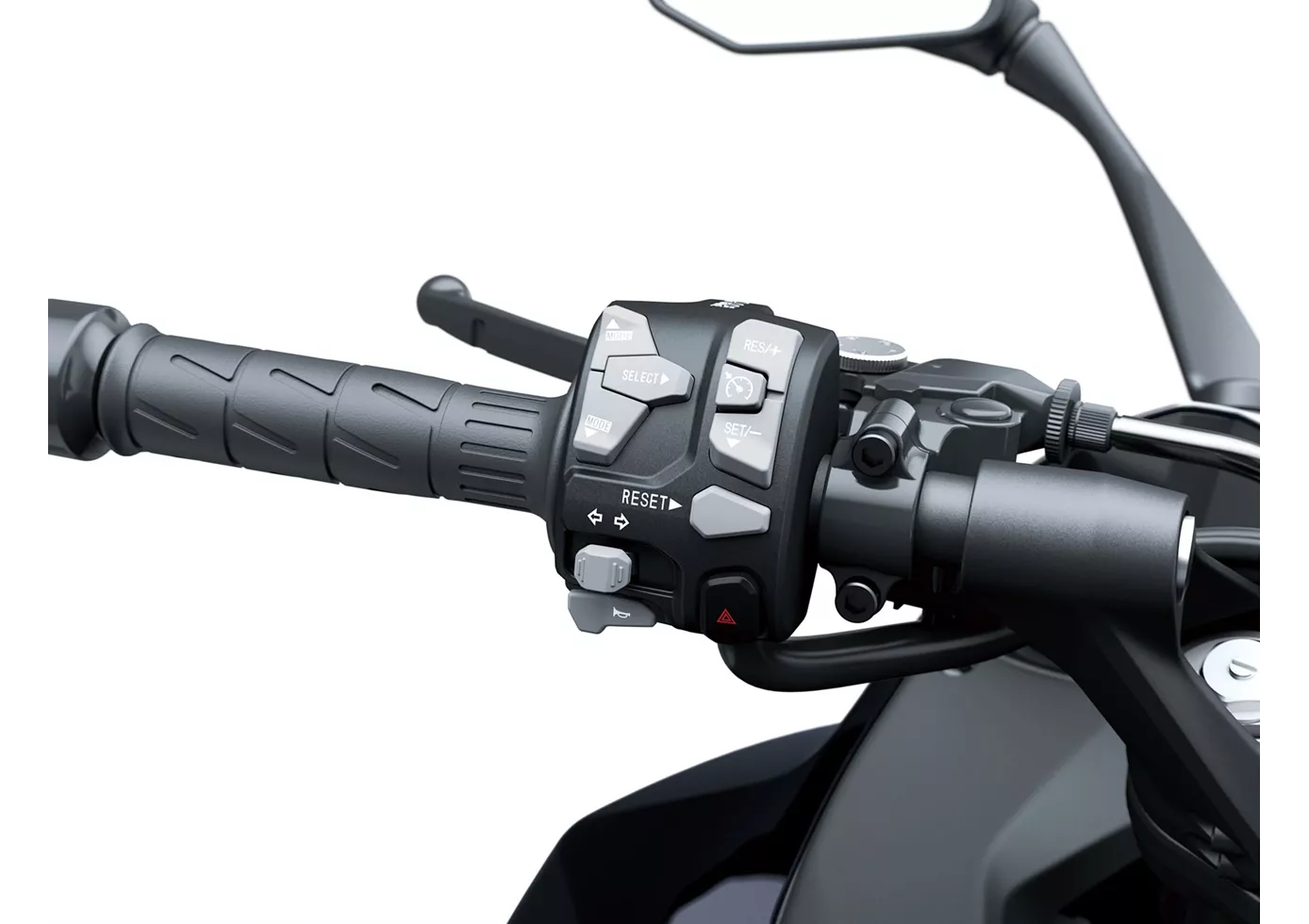
The Kawasaki Ninja 1000SX is more evolution than revolution - but what is the point of reinventing everything in a balanced sports tourer? But the new name is definitely justified, with the many new features made possible by the Ride-by-Wire system, among others, the sports tourer is absolutely up to date. Cornering ABS, modern traction control and riding modes provide safety and adjustment options to personal preferences, the shift assistant favours sport as well as touring. What's more, the price is hot (at least in Austria)!
BMW S 1000 XR 2016

The BMW S 1000 XR is a superbly crafted performance motorbike with a proud pedigree that shines with impeccable touring characteristics and solid touring capability. A wide range of accessories either trim the bike even more in the direction of sport or equip it for the great journey. With ABS and ASC as standard, you're always on the safe side and always relaxed thanks to the pleasant ergonomics. Just don't misunderstand the XR as an enduro for on/off-road, but see it as the evolution of a sport tourer.
Price Comparison Avarage Market Price Kawasaki Ninja 1000SX vs BMW S 1000 XR
There are a few key differences between a Kawasaki Ninja 1000SX 2020 and a BMW S 1000 XR 2016. In terms of price, the actual average prices of both motorbikes are almost the same. Compared to BMW S 1000 XR 2016 there are less Kawasaki Ninja 1000SX 2020 bikes available on the 1000PS.de Marketplace, specifically 10 compared to 19. It takes less time to sell a Kawasaki Ninja 1000SX with 83 days compared to 89 days for a BMW S 1000 XR. Since model year 2020 1000PS.de editors have written 13 reviews for the Kawasaki Ninja 1000SX and 40 reviews for the BMW S 1000 XR since model year 2015. The first review for the Kawasaki Ninja 1000SX was published on 11/5/2019 and now has more than 40,500 views. This compares to more than 16,000 views for the first review on BMW S 1000 XR published on 10/21/2014.
